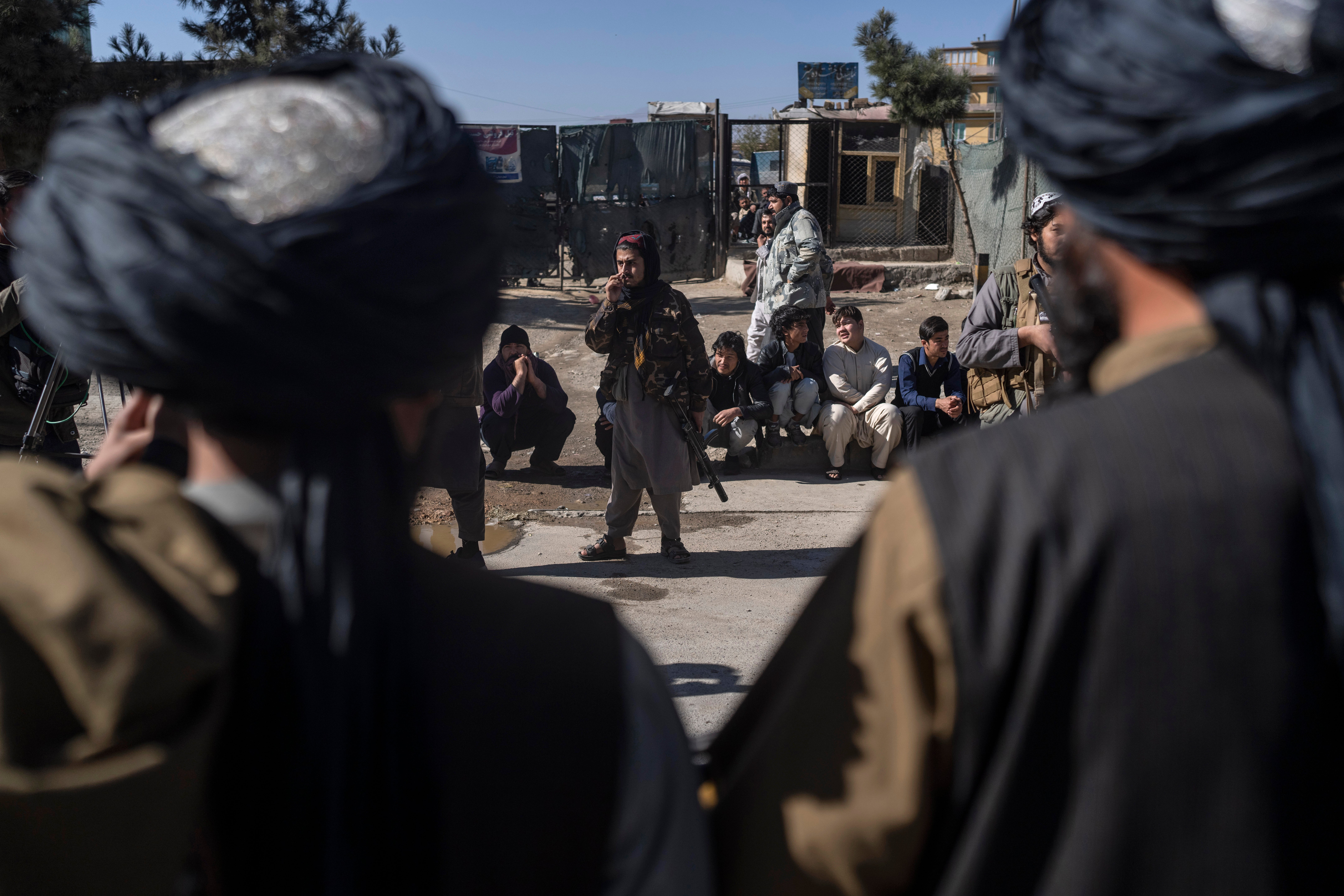Taliban victory has ‘heightened risk’ from militant insurgents around the world, say terror analysts
Control Risks said there was a ‘very high’ chance Afghanistan could become a safe haven for terrorists

Afghanistan’s fall to Taliban control has created the conditions for terrorist groups to use the country to launch attacks abroad, while Africa’s Sahel region has seen the rise of the fastest growing Islamist insurgency in the world, according to a report by a leading security company.
The Islamist victory across the border has led to the formation of new militant alliances in Pakistan’s tribal areas and the rise in assaults on security forces there are likely to continue, says Control Risks which raises the terrorism rating in those parts of Pakistan from “high” to “extreme”.
The report states “it will come as no surprise that Afghanistan has moved to ‘extreme’ from ‘high’. The Taliban, a sanctioned terrorist organisation, is in control. Or maybe it is not, which is one of the elements of volatility in that country for the coming year. The risk is very high that Afghanistan becomes a safe haven for terrorists with ambitions within its border and beyond.”
A number of states in Africa – the DRC (Democratic Republic of Congo) and parts of the CAR (Central African Republic), and South Sudan have also moved to the “extreme” category in the company’s annual “RiskMap”.
However clashes between the Islamic State West Africa Province (ISWAP) and a faction of Boko Haram has weakened the militant influence in Nigeria’s Borno state and limited their expansion to the south.
The northern Sahel region is “ the epicentre of the militancy” with large-scale attacks in Burkina Faso, Niger, Mali, Chad and a number of other states. The conflict has drawn in international forces – including those from Britain – to Mali where the risk factor is raised from “high” to “extreme” in the study.
In eastern Europe, despite the current turbulence in the border between Belarus and Poland, the report changed the security risk in Belarus from “ high” to “medium”. It says “this change reflects our view that Belarus’s most turbulent days – for 2022, at least – may be behind it. Alexander Lukashenko’s tenure is proving more durable than opposition politicians may have expected.”
The Balkans have been affected by political turbulence in recent months, with warnings that ethnic conflict may once again return to Bosnia.
The report raises the political risk rating from “medium” to “high” for Bulgaria, saying “this comes in acknowledgement of a highly fragmented political landscape and an unstable coalition we expect to form early in 2022. That coalition will be beset by political infighting and increase the risk of a vote of no confidence in the coming year.”
In Latin America political risk in Colombia rose from “low” to “medium”, whereas in Peru it goes from “high” to “medium”.
The company says: “In Colombia, we anticipate a left-wing president will win the May 2022 election, which will trigger a destabilising combination of deteriorating policy-making and declining business confidence.
“Though political risk in Peru drops, it’s not necessarily for an encouraging reason. We think a left-wing government there simply lacks the legislative support to enact laws that might threaten the private sector.”
However, one region of Peru, the Valley of the Rivers Apurímac, Ene and Matero (VRAEM), drops from “medium” to “high” due to the attacks being carried out by the left-wing Sendero Luminoso (Shining Path) guerillas.
Subscribe to Independent Premium to bookmark this article
Want to bookmark your favourite articles and stories to read or reference later? Start your Independent Premium subscription today.

Join our commenting forum
Join thought-provoking conversations, follow other Independent readers and see their replies